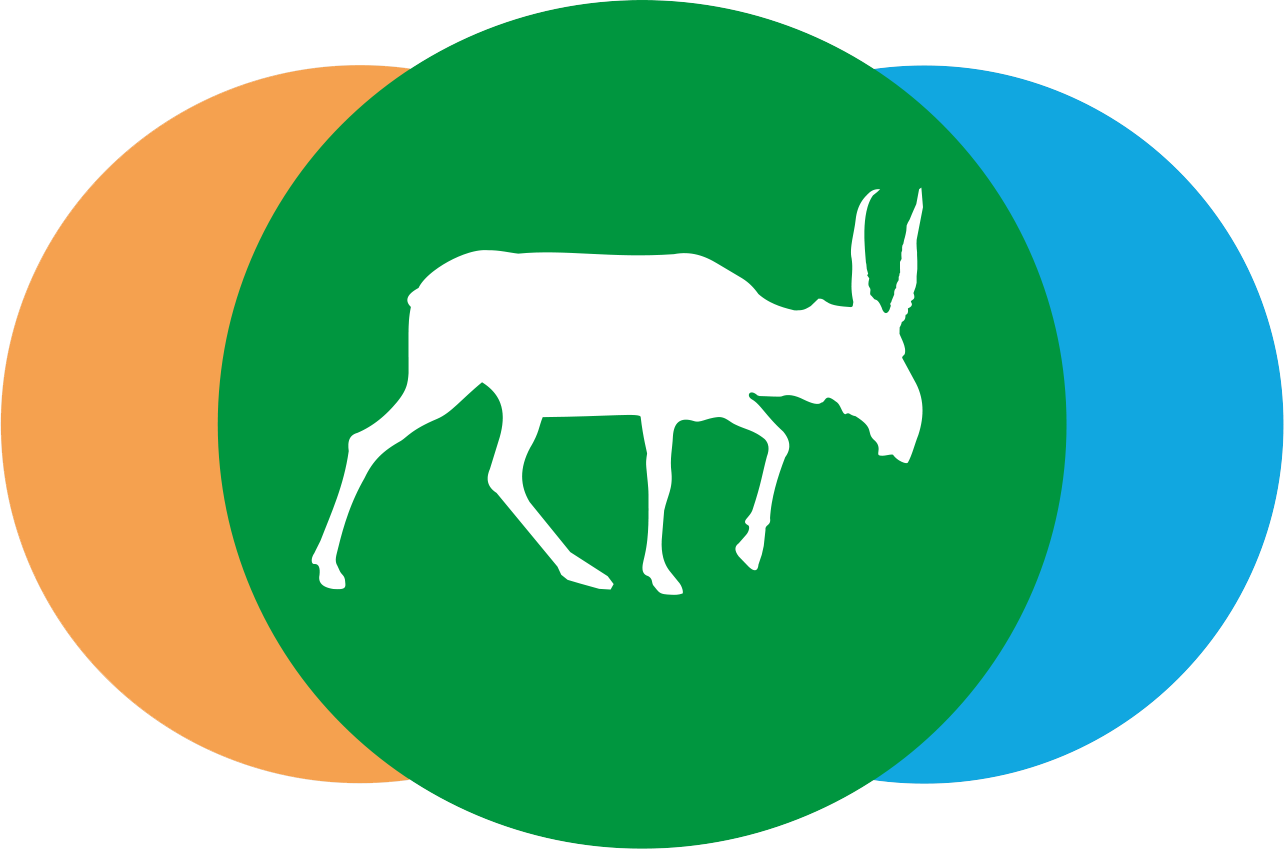Authors: Dmitry V. Malakhov, Olga V. Dolbnya
Abstract: Grassland degradation, as a worldwide phenomenon, has economic and bio-conservation aspects. Degradation of mountain grasslands severely impacts the ecosystem stability in fragile mountain environments and may destroy habitats of many endemic and endangered species. One of the significant triggers of mountain grassland degradation, along with possible consequences of climate change, is massive overgrazing.
![]() To download full version of article in PDF format – open in new tab
To download full version of article in PDF format – open in new tab
Overgrazing may seriously influence the ecosystem since it results in plant composition changes, soil erosion, water regime disturbances, etc., up to the disappearance of the entire ecosystem. It is crucial to have a reliable and cost-effective instrument for the ecosystem assessment of remote and hardly accessible mountain areas supported with accurate methods of the vegetation parameters estimation since the vegetation cover is first to react to externally driven disturbances. The current study was conducted in Dzungarian Alatau Mountains, inhabited by the rare and endemic anuran amphibian Ranodon sibiricus, Kessler, 1886.
The project of the Conservation International Foundation (CIF/326/21) was aimed at the strategy of this species conservation. The current study emphasises estimating the overgrazing risks for the amphibian population. More than two hundred ground measurements were done within the Upper Koksu Forestry and adjacent areas to provide representative data on the vegetation parameters. We tested a series of spectral indices related to vegetation biophysical parameters.
We found DWSI, GrNDVI, IRECI and NDI45 indices to provide the best correlations and reasonable accuracy for remote measurements of above-ground biomass, grasscover and unpalatable grass content. Sentinel-2 data with the red-edge bands, in most cases, provided better performance. Our study confirmed the use of a single criterion (like above-ground biomass) might result in a serious underestimation of grassland degradation. Data obtained from field survey and satellite information analysis allowed the evaluation of the optimal grazing load for the Upper Koksu Forestry and provided recommendations for the Action Plan on the conservation of Ranodon sibiricus.
